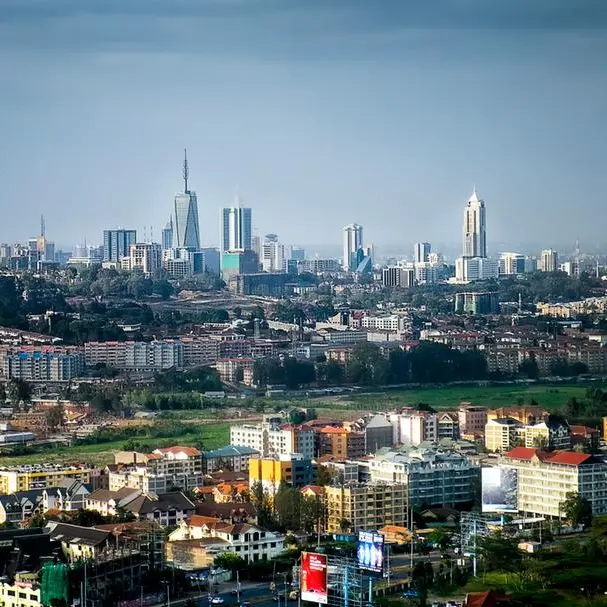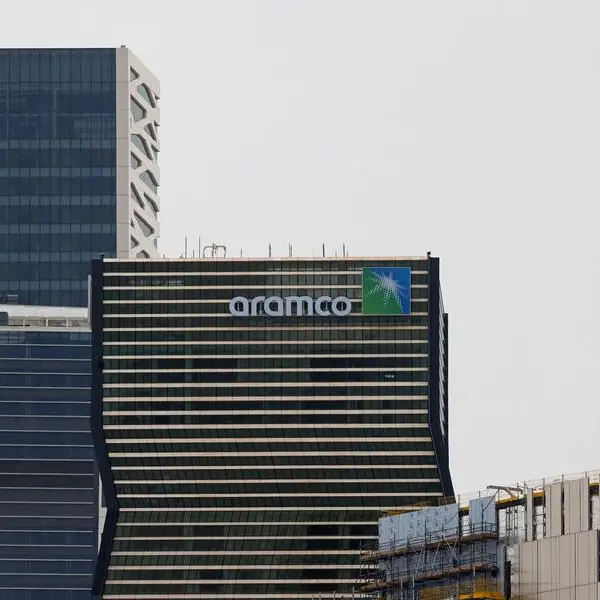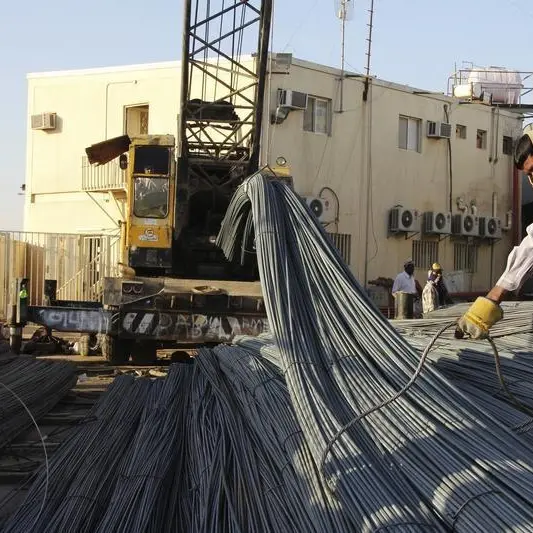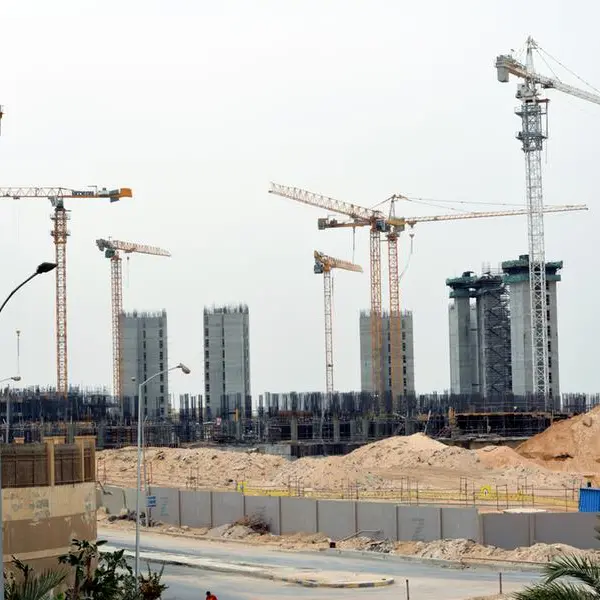PHOTO
UAE-based Al Habtoor Group announced on Wednesday the appointment of China Railway 18th Bureau Group as the main contractor for the 3.7 billion UAE dirham ($1.01 billion) Al Habtoor Tower project in Al Habtoor City, Dubai.
Khalaf Ahmad Al Habtoor, Founding Chairman of Al Habtoor Group, said three were shortlisted out of an initial list of 10 bidders expressing interest in the project.
A press statement by the Group noted that apart from China, bidders from UAE and the broader Middle East, Europe and India participated in the tendering process. The contract value wasn’t disclosed.
The Al Habtoor Tower is slated to be the largest residential building in the world upon completion.
“China Railway 18th Bureau Group was selected based on a list of criteria, mainly for a) meeting the projected target for completion of 36 months, b) their full technical compliance for state-of-the-art quality, and c) their successful track record in mega projects,” said the Al Habtoor Group chief.
He said the project would use a structural system validated by detailed engineering peer review from Structural San Francisco, Imperial College London and Terrasol Paris for the first time in Dubai.
“We are choosing to save the current structure instead of demolishing it and building afresh at a lower cost, which would have meant more than 3,000 trucks of wasted concrete and sand.
“That is why we have opted for the innovative sustainable approach, using a top-down construction method whereby we have employed very heavy equipment from Bauer (the piling contractors), ranging from 60 to 100 tonnes each, to manoeuvre on top of the current building, reutilising, and reusing the existing structure.”
To enable the construction of the superstructure above the existing three-level deep basement, Bauer said the foundation solution utilises deep barrette foundation elements capable of bearing substantial loads to depths greater than 90m.
Al-Habtoor said the new construction techniques used for the project would ensure that its CO2 footprint would be less than 0.5 tonne per square metre compared to the norm of 1 tonne per square metre.
(Writing by Senthil Palanisamy; Editing by Anoop Menon)





















